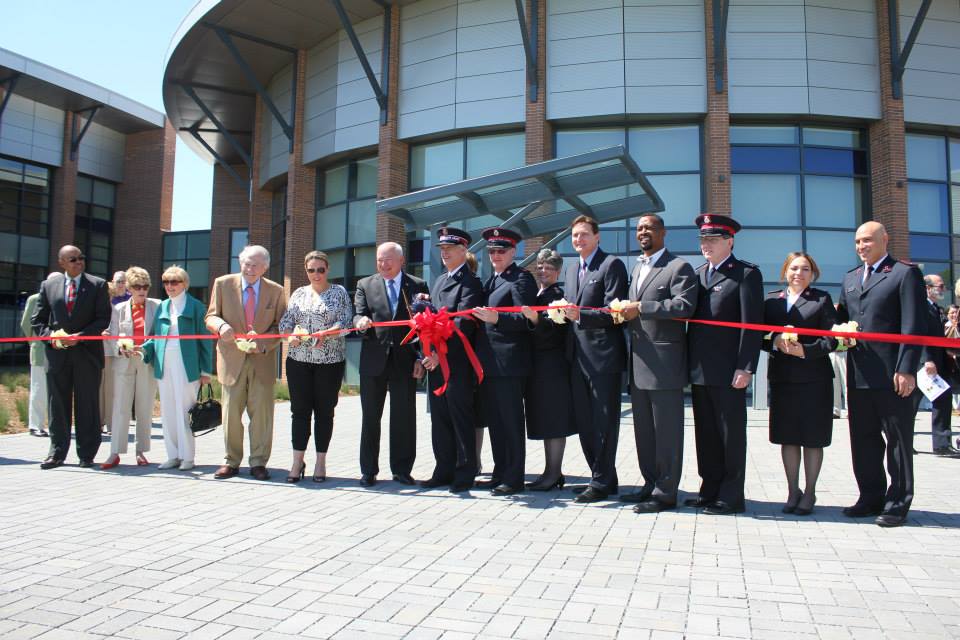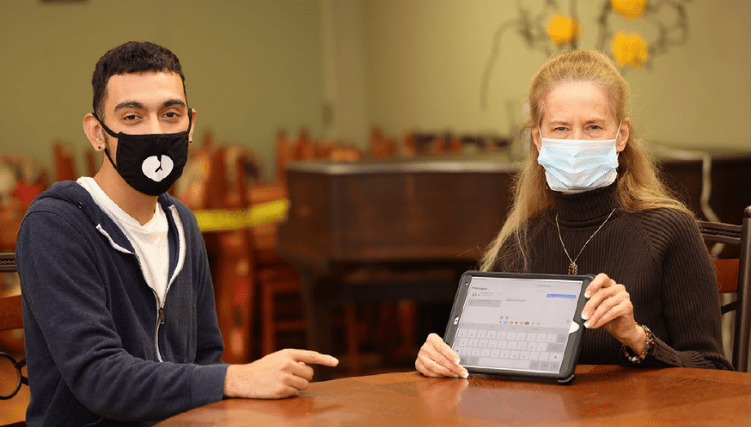I’ve heard it said that The Salvation Army is “compassion in action.”
I think it fits and makes a good slogan. I hope it’s still true. I worry about that. I also hope it’s part of officer training along with regular workshop updates in the field. Relating compassionately is a very delicate idea that demands empathy and appropriate action.
The prefix com means “with.” The root passion means “any strong feeling or emotion,” from love to hate, affection to anger, grief to joy. Putting them together, we might interpret compassion as action connected to any strong feeling.
Not so.
To define compassion requires much greater specificity. Its initial focus begins with an identifiable type of feeling of deep sympathy and sorrow for another who is stricken by suffering or misfortune, and then moves into an accompanying strong desire to alleviate the pain, according to Webster. Compassion must be visible, caring, helping, direct, person to person, and it must be genuine.
Except I am moved with compassion
How dwelleth thy spirit in me? (Orsborn)
Experiencing, or even communicating the empathic feeling, while helpful, becomes insufficient. True compassion demands action. It must move us. It can become our motivator. It can define us.
Why is this so crucial for an Army of Salvation? Why must we ever be on guard against a slackening of sensitivity to that compassionate spirit’s call?
Because it shouts our raison d’etre—our reason for being. Most of humanity senses the need for compassion and often reveals it in disastrous times. Soldiers have a higher responsibility. Soldiers need to move into action. We must sense the need and then act. We are more than members. The work, however, seems to fall to a few, and often they are employees. Years ago, Army brigades took to the streets to be helpful to those in need. Times have changed. The world is different. The needs persist. Willingness wants organizing.
I believe that true compassion requires a genuine relationship. It does not require a history, but it does demand truth. Trying to fake it implies a double message of words unmatched by true feeling. It’s a one arm hug that says “not too close.” Any accompanying words matter little.
Those in helping roles often find themselves confronting compassion fatigue. It becomes evident with symptoms of hopelessness, seeming to be without pleasure in life, experiencing stress, anxiety, sleeplessness along with a pervasive negative attitude and decreasing productivity. This type of life seems saturated with vicarious trauma. The trauma of compassion fatigue often begins with burnout and its feelings of exhaustion, frustration, anger and depression. Burnout, defined as “chronic tedium,” exists, however, without trauma.
Cynicism, an ugly thrust of hopelessness, often emerges alongside compassion fatigue. It brings its slant of distrust and contempt toward others into our daily relationships. It feeds on itself and once owned it grows. Awareness of it can begin the process overpowering its influence.
You master the fatigue itself by valuing the individual confronting you and genuinely seeing this person as an important customer of your service. It begins with a smile and a welcoming tone, and continues through the entire time together.
I hope you will enjoy the mutual feeling of compassion with whomever you help.

















